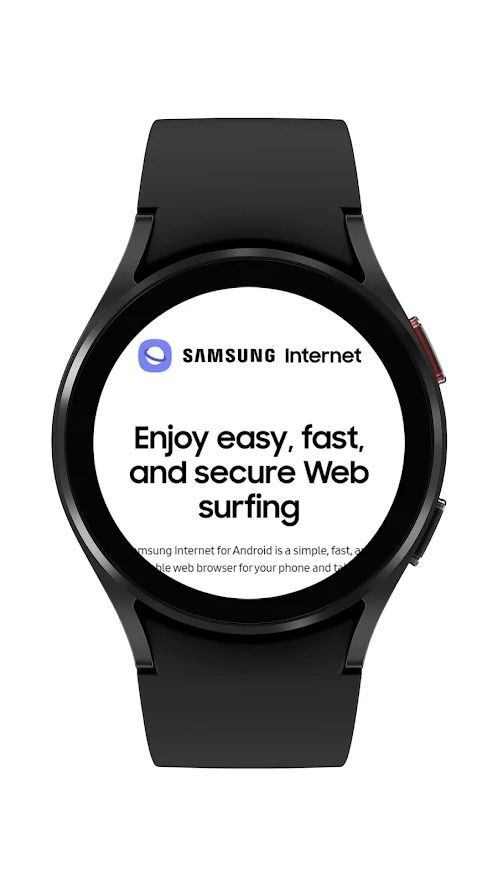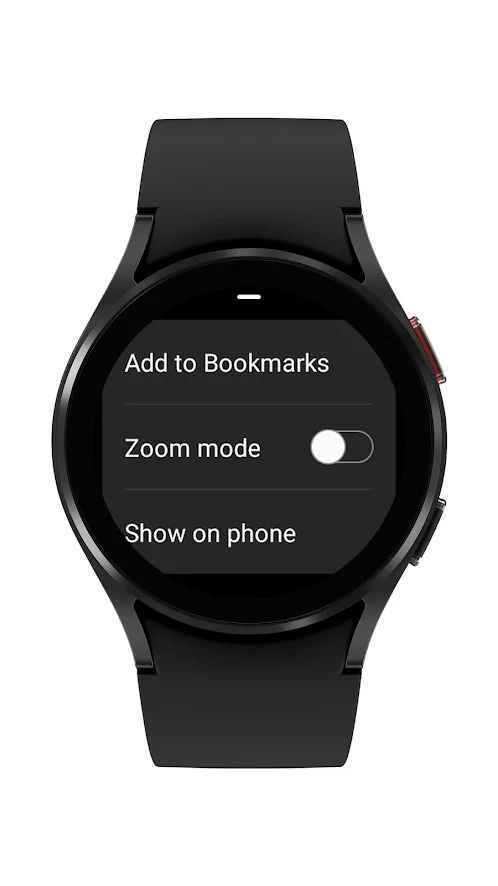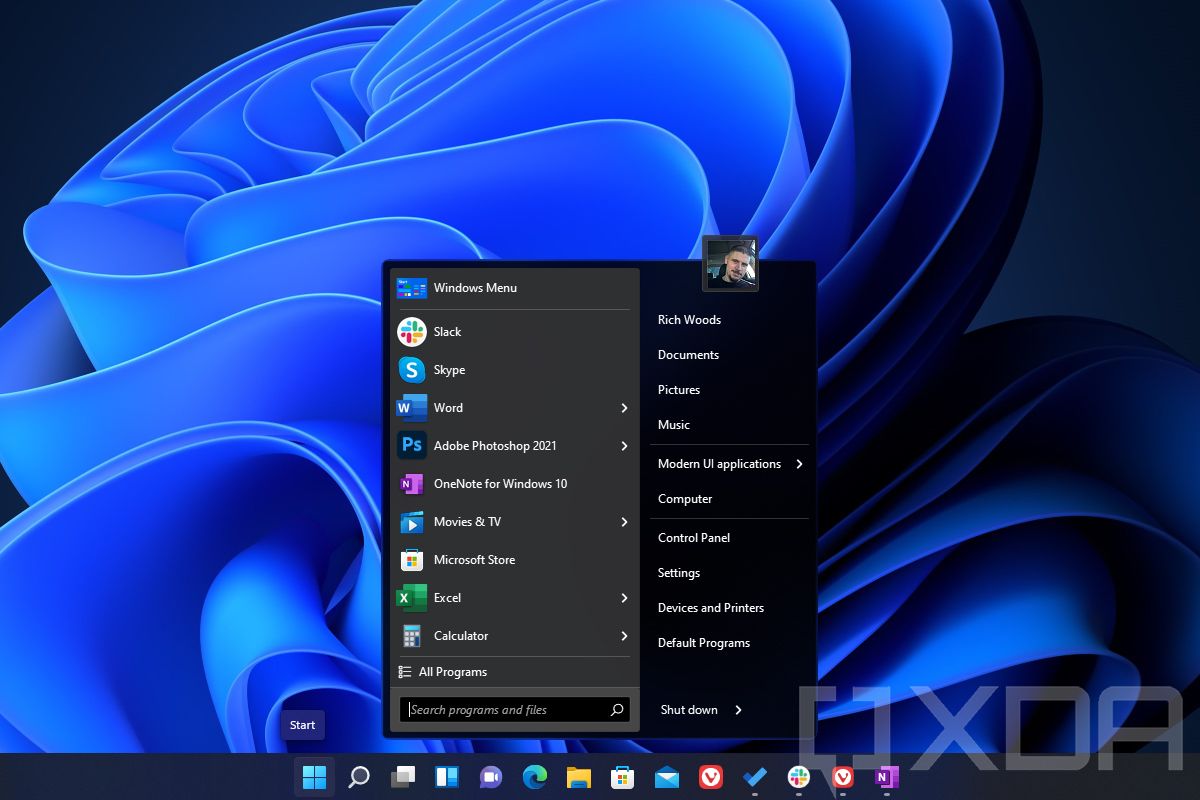For a long time, Apple depended on Intel to provide processors for its Macs. However, that all changed about a year ago in November 2020. On the 10th of that month, Apple announced its own SoC (system-on-chip), the M1 chip. Particularly designed for the Mac, the M1 chip offers tremendous power while running efficiently, energy-wise. It’s so energy-efficient to the point of Apple literally removing the cooling fans from the M1 MacBook Air models. This only proves how the M1 is the beginning of something significantly brighter for Apple.
If you’ve bought or plan on buying an M1 Mac, you must be wondering what to do with it. So here’s a list of the first 10 things to do with an M1 Mac.
Navigate this article:
- Install iOS and iPadOS apps
- Set up Touch Alternatives
- Allow your Mac to sleep in peace
- Make sure you’re downloading the correct apps
- Unleash the true potential of Dictation
- FaceTime more confidently
- Listen to Spatial Audio with head tracking support
- Take advantage of Siri’s extra polyglot skills
- Enjoy hovering over our precious planet with Apple Maps’ Globe View
- Treat your new M1 Mac to some accessories
1. Install iOS and iPadOS apps
Introduction
One of the most known characteristics of the Apple M1 chip is its ability to run apps designed for iPhone and iPad natively. This means you don’t need to install any software or emulators to run iOS and iPadOS apps on macOS. You just install the mobile app and run it on the spot. It’s as effortless and convenient as it can get.
Searching for apps

The Mac App Store search results page now has two sections — “Mac Apps” and “iPhone & iPad Apps”. It defaults to the former, since Mac apps obviously work better on macOS than iOS/iPadOS apps. However, if there aren’t enough search results for Mac Apps, then it switches to iPhone & iPad apps. Note that you can manually switch between both sections yourself at any time.
Downloading apps
Once you pick a mobile app of your choice, you can buy and download it as you normally would do on an Apple device. And if you have already bought some apps on an iPhone, then you can view these purchases on your M1 Mac and re-download them on it. Now you may be wondering why some of your favorite apps, like Netflix and YouTube, aren’t showing up. This brings us to the restrictions part.
Restrictions

I think we can all agree that restrictions suck, but they’re there for a reason. Developers have the right to choose whether they want their mobile app(s) to be deployed on desktop computers. So Apple has provided developers with an option to choose whether an iOS/iPadOS app can be downloaded on an M1 Mac or not. As long as developers allow it, you should be able to download and run your favorite mobile apps on your M1 Mac.
Why do restrictions exist?
If you’re wondering “why do devs care so much about where I install their app if I’m subscribing to or buying it anyway?!”, it’s because it can cause some complications. First, you should know that mobile apps that aren’t specifically optimized for the Mac might not work as expected. They’re available to download and run, but bugs, mostly ones related to their UIs and layouts, are to be expected. That’s because the developers didn’t intend for their app to run on a big screen.
So, once users start facing these Mac-exclusive bugs and issues, they’ll head over to the support channels to report them to the companies and ask for fixes. These companies that are restricting their mobile apps from running on an M1 Mac almost always have a separate web or desktop app. They want to maintain their desktop website only, rather than having to deal with a desktop app that was originally designed for a mobile device.
Hence developers block downloads on Macs to spare themselves the headaches caused by angry users. It also stops users from taking advantage of features exclusive to the mobile app, such as downloading Netflix content. Netflix only allows subscribers to download series and movies on their mobile apps. Their desktop website offers no offline caching solution. So by allowing users to install Netflix on Macs, they’ll be able to download content through the app on desktop, which Netflix doesn’t want — for whatever reason.
Now you’ve downloaded your favorite mobile apps on your M1 Mac, you must be wondering how to fully control an app designed for a touchscreen with a keyboard and trackpad. This brings us to our second point.
2. Set up Touch Alternatives
Introduction
As previously mentioned, mobile apps aren’t meant to be run on desktop computers, especially ones without a touch screen. iPhone and iPad apps almost completely depend on touch controls. So installing them on the Mac brings us to the next obstacle — how do we control them fully? Touch Alternatives are Apple’s answer to that.
Setting up Touch Alternatives

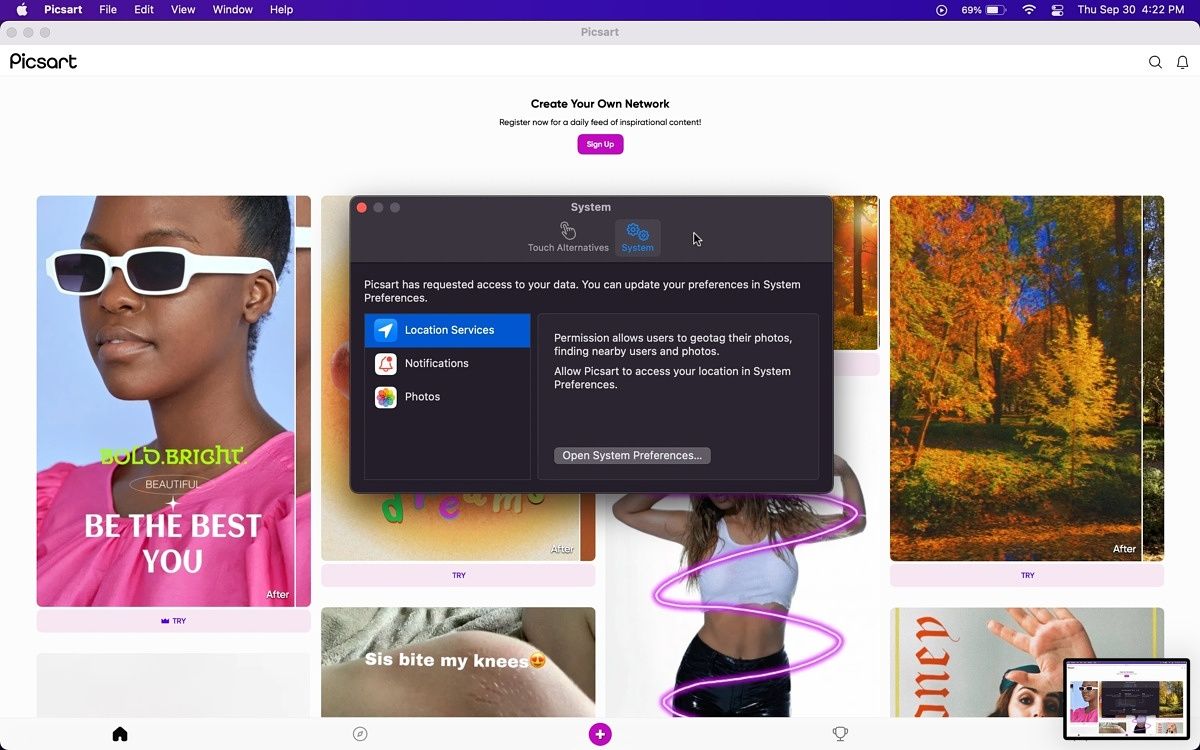
Setting up Touch Alternatives is a very basic process, thanks to Apple’s simplified approach. When you first launch a mobile app on your M1 Mac, you will find the app’s name in the Menu Bar. It’s located to the right of the Apple logo in the top left corner. Once you click on the app’s name, you will see a list of options:
- About [App’s Name]
- Preferences…
- Services
- Hide [App’s Name]
- Hide Others
- Show All
- Quit [App’s Name]
Preferences… is what you’re looking for to set up Touch Alternatives. Once you click on it, a page will show up with two sections:
- Touch Alternatives
- System
The latter includes permissions requested by the app, such as location to notifications. The former however is where you’ll set up the equivalent of touch controls. When you turn it on, it’ll highlight that:
- WASD keys are for tilting your device.
- Holding the Option key while using the trackpad turns it into a multi-touch screen.
- Pressing Space acts as a tap.
- Pressing the Arrow keys acts as a swipe from the middle of the screen to the respective direction.
- Scrolling on the trackpad drags from the mouse pointer.
These controls enable you to control a mobile app as if you’re using an iPhone an iPad. We know it’s not perfect and as natural as using a mobile device with a touch screen, but it works.
3. Allow your Mac to sleep in peace
Introduction
One of the lesser known facts about the Apple M1 chip is it has an always-on processor. This means that even when your Mac goes to sleep, it isn’t really completely asleep. Macs with Intel chips have had a feature called Power Nap for a while now. M1 Macs don’t need that feature because it’s built-in and automatically running at all times.
So what’s a Power Nap, and what does Allow your Mac to sleep in peace even mean?
What is a Power Nap?

A Power Nap is a feature Apple added to Intel Macs years ago. It lets your sleeping Mac do some background tasks, such as fetching Mail, refreshing your Calendar, downloading software updates, and doing Time Machine backups.
However, this only works when your Mac is asleep and connected to power. So once you unplug it from a power source, it stops the background tasks to save battery energy and avoid excessive drain.
Why don’t M1 Macs need Power Naps?
Thanks to an always-on processor, M1 Macs never really sleep. See it as sleeping with one eye open. When you put them to sleep, they’ll pause whatever tasks you’re doing, but they’ll still do the aforementioned background refresh activities. So Power Naps on M1 Macs are on by default, can’t be turned off, and don’t require your device to be connected to a power source.
What does Allow your Mac to sleep in peace mean?
Some people — who are used to keeping their Macs awake when awaiting an email or syncing iCloud data — would keep their Macs awake to make sure these background tasks aren’t interrupted. With your M1 Mac, you can allow your Mac to sleep without having to worry about any interruptions to said tasks. So — allow your Mac to sleep in peace!
4. Make sure you’re downloading the correct apps
Introduction

Depending on your computer’s processor, some developers offer different versions of their apps. So, for example, if you head over to download — from a website, not the Mac App Store — Chrome, you’ll notice a note from Google. It asks you whether you have an Intel or M1 Mac, and lists the steps needed to check, if you’re unsure.
Why different app versions exist
The reason there are two variations of the same Mac app is optimization. An app built specifically for an M1 Mac works faster and is more efficient than one aimed at Intel Macs. While an an app optimized for Intel Macs will work on your M1 Mac, it’s advised to use the M1 version of the app, if available.
5. Unleash the true potential of Dictation
Introduction
Dictation is Apple’s speech-to-text solution. It’s a reliable way to jot down some notes or get a message typed hands-free. Whether you’re using an iPhone or a Mac, Dictation works pretty much the same way, for the most part. You hit the microphone button, start speaking, and the words magically appear in the text field simultaneously.
How to start Dictation on a Mac
The microphone button is the F5 keyboard button on newer Macs. You can also activate dictation through clicking Edit in the Menu Bar then hitting Start Dictation. A third way would be going to System Preferences > Keyboard > Dictation and setting your own keyboard shortcut to activate it.
What makes Dictation so special on M1 Macs
On Intel Macs, Dictation has a 60 second limit. This means if you’re using it, it’ll interrupt you after one minute. Then you would have to start it again and resume speaking. This is a hassle, especially for those of us who use it to type long articles.
M1 Macs give you the luxury of a limitless Dictation experience. You may use it for as long as you want, without any interruptions or needing to enable it again every X number of minutes.

That’s not all! Offline Dictation was a macOS feature — branded as Enhanced Dictation — that Apple removed in macOS Catalina. Why? Who knows. A conspiracy theorist would probably tell you it’s Apple pressuring you into buying a new M1 Mac. What matters is that this feature is back — exclusively for M1-powered machines.
Of course, not all languages are supported, but if your main language is, then you may use it offline. It may take a while to activate the first time you set up a Mac. That’s because it has to download some files in the background for the offline Dictation to work. Once it’s done downloading, you may use Dictation without having a connection on your computer. The results though may not be as accurate or quick as online Dictation, obviously.
6. FaceTime more confidently

Introduction
macOS 12 Monterey and iOS 15 bring a feature online conferencing services have had for a while now — background blur. Branded as Portrait mode in video effects, this feature lets Mac and iPhone users blur their backgrounds during FaceTime video calls. Unlike other similar services, users still won’t be able to choose custom backgrounds, but a blur is still better than nothing.
Compatibility
However, (of course, there’s always a but) this feature is exclusive to Macs with the Apple M1 chip and iPhones with Face ID. If you’re reading this article, we’re going to assume that you either have already bought an M1 Mac or are planning on buying one. If not, then you’re one of the unlucky people who will still have to pay extra attention to their backgrounds before and during a video call.
It’s worth mentioning that this feature has an API that developers can take advantage of. So your favorite video calling apps that don’t already have this feature will be able to implement it. They won’t be needing to develop their own algorithms to detect you and blur the rest out. So now you can FaceTime others without needing to worry if you’re in a somewhat messy environment.
7. Listen to Spatial Audio with head tracking support

Apple recently introduced Spatial Audio in Apple Music. When using a supported headset and Apple device, music will play in 3D Dolby Atmos instead of stereo. This feature has been present in the Apple TV app for much longer though. While Spatial Audio is supported on a wide range of headsets, head tracking is currently limited to the AirPods Pro and AirPods Max.
The two aforementioned AirPods models have gyroscopes in them, making it possible for the feature to work. But only M1 Macs will support Spatial Audio playback with head tracking support. So if you’ve got yourself an M1 Mac (and supported AirPods), get ready to have music follow and adapt to you, whichever way you turn!
8. Take advantage of Siri’s extra polyglot skills

If you happen to speak Danish, Finnish, Norwegian, or Swedish, then this one’s for you. On macOS 12 Monterey, Siri supports natural text-to-speech in these four languages. But only M1 Macs support these additional languages, for some reason.
To set up text-to-speech, head over to System Preferences > Accessibility > Spoken Content.
9. Enjoy hovering over our precious planet with Apple Maps’ Globe View
One new feature included in macOS 12 Monterey and iOS 15 is Globe View in Apple Maps. This feature lets you hover over our planet from above — virtually, of course. Google Maps has had this for years, but if you’re interested in Apple’s execution of the feature, you’ll be needing an M1 Mac.

Another M1-exclusive feature is more detailed maps in some cities, such as San Francisco, Los Angeles, New York, and London. You’ll be able to view more realistic versions of these cities’ maps. So if that’s your thing, go ahead and do some exploration. You might end up bumping into your next holiday destination.
10. Treat your new M1 Mac to some accessories
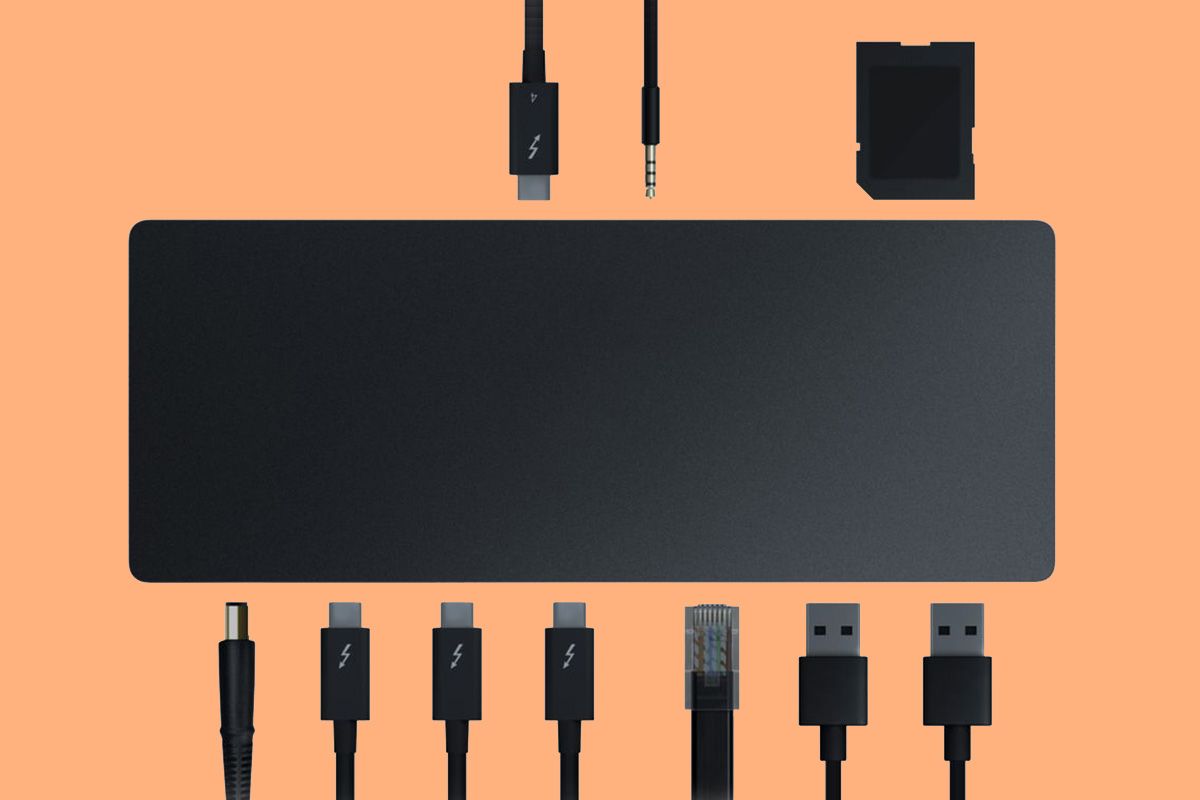
Apple is notorious for ditching ports on its devices in the name of minimalism and courage. The M1 MacBooks Air and Pro, in particular, don’t have enough ports. They only include two USB-C ports and — surprisingly — a headphone jack. For this reason, we have prepared for you a list of the best Thunderbolt docks for your shiny new Mac. A chip as mighty as the M1 shouldn’t have its power wasted. Make the most out of your Mac by turning it into a more adaptable device.
We hope you’ve enjoyed reading our guide on the first 10 things to do with an M1 Mac. Have you upgraded to an M1 Mac yet? Which M1-exclusive Mac feature is your favorite? Let us know in the comments section below.
The post First 10 things to do with an M1 Mac appeared first on xda-developers.
from xda-developers https://ift.tt/3oHjvk0
via
IFTTT
























